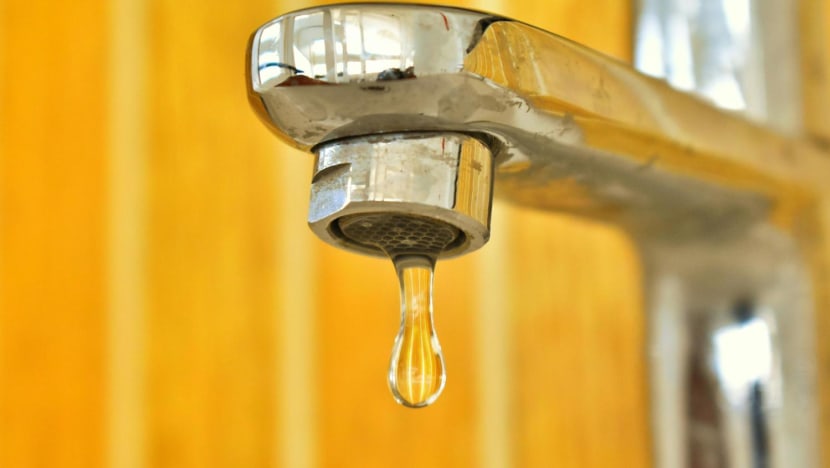Singapore’s tap water safe to drink, no need for further filtering devices: PUB

SINGAPORE — Singapore’s tap water is safe to drink and testing is done daily to ensure water quality, national water agency PUB said on Wednesday (Feb 14).
The country’s water safety standards also go above and beyond guidelines set by the World Health Organization (WHO), the United Nations body in charge of global health, an expert told CNA.
This comes after the Advertising Standards Authority of Singapore (ASAS) received two complaints since the start of January against local water and air filtration firm Sterra Singapore for an advertisement implying the country’s tap water is unsafe for drinking.
Checks by CNA showed that the company had removed the misleading advertisement as of Wednesday.
REGULAR TESTING
In response to queries from CNA, PUB said it takes a serious view on water quality, and reiterated that tap water in Singapore is safe for consumption.
“Every day, water samples are taken from our distribution network across the island and tested. Our tap water complies with the Environmental Public Health (Water Suitable for Drinking) (No.2) Regulations 2019 and is well within the WHO Guidelines for Drinking-Water Quality,” the agency said.
“There is no need for any point-of-use water treatment or filtering devices to further treat the water.”
Sterra’s claims in its online advertisements that Singapore’s tap water contains harmful micro-organisms, such as bacteria and algae, is “misleading”, said the agency.
It has asked the firm to stop putting out misleading online content, and to review its online marketing strategy.
“PUB had previously issued a number of advisories to Sterra to emphasise that the company should cease such misleading advertisements. We have issued another advisory to Sterra in response to this latest advertisement,” it said.
MISLEADING CLAIMS
Sterra’s claims were debunked by Mr Clarence Sim, a PhD student from Nanyang Technological University’s Genomics and Ecology of Eukaryotes Lab.
In a viral video on social media platform Instagram which has since been viewed about 1 million times, the microbiologist proved that the “nasty microscope video” shown by Sterra did not come from tap water, but instead from a pond.
He had created the video to raise awareness among members of the public, Mr Sim told CNA.
“It's to let people know that you shouldn't believe everything you see online. Even though it sounds very science-based, actually it's not, because the people putting out those ads don't even know their basic biology,” he said.
Professor Ang Peng Hwa, chairman of ASAS, said the organisation received “two pieces of feedback on the advertisement” since the start of last month.
ASAS is an industry self-regulatory organisation that ensures the content of advertisements comply with the Singapore Code of Advertising Practice (SCAP).
Prof Ang noted that the misleading advertisement has since been withdrawn, but urged consumers to be alert to such content.
“Should consumers come across any advertisement that contains misleading or unethical content, they may submit their feedback to ASAS and provide the relevant information for review,” he said.
Sterra told CNA that it takes the feedback from authorities “very seriously”, and is reviewing its marketing procedures.
NEVER COMPLETELY BACTERIA-FREE
When it comes to water safety, there is no such thing as water that is completely free of bacteria, and that is not necessarily a bad thing, said Professor Shane Snyder, executive director of the Nanyang Environment and Water Research Institute.
"All drinking water I can imagine, on the planet, will have some amount of bacteria,” he explained.
He cited the example of the Netherlands, which does not use chlorine in its water treatment process, but has a “healthy kind of bacteria” in its pipelines.
“Our bodies cannot live without healthy bacteria inside of us. So there's a big difference between those that are toxic or dangerous, and those that are absolutely healthy, or even necessary, for life,” said Prof Snyder.
He added that Singapore's water safety standards meet and even surpass standards set by the WHO. CNA











